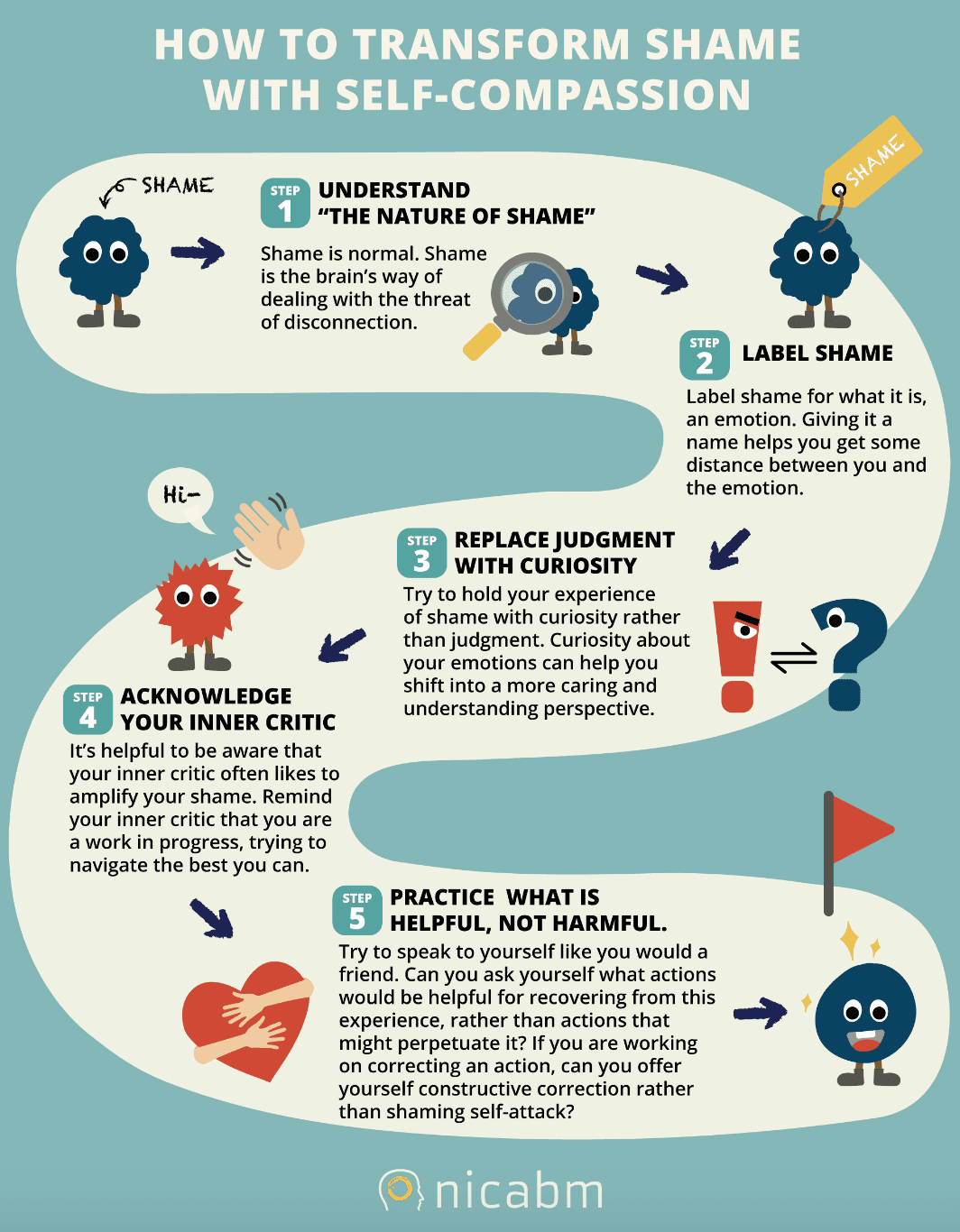Systemic approach
Our wellness is dependent on the health of our micro and macro worlds. An illustration to explain systemic thinking: If a plant in my garden ails I will look for signs of disease as much as I would ask questions about its preferences for water, shelter, son and shade.
We are all members of systems whether those systems are composed of friends, colleagues, team members, partners, families, neighbourhoods, tribes, nations, humanity itself, animals and our physical environment. A systemic approach to challenges look at these connections, how we function in them, and what meaning we ascribe to them. A careful process of inquiry will also show how introducing change into the system can be of benefit to the individual and the whole.
Mindfulness based therapies and Narrative therapy are both developments of systemic thinking.
Narrative therapy
How does it work?
Narrative therapy works on positive outcomes. It seeks your preferred reality and then looks at the dominant narrative that keeps you from that. We will work at externalising your inner negative dialogue; we tend to draw pain inside, narrowing our self-perception to centre around that event or present injury that pains us. As we are only in relationship to these problems, and not the problem itself, we will create space between you and the problem and start working on the problem. We will look at marginalised narratives which fell by the wayside but could hold the potential for growth. We will make space for these hopeful stories in your life.
Stress is a narrative that quite easily becomes the dominant theme in one’s life. It elbows every other narrative about one aside. Narrative therapy challenges this dominant problem-saturated narrative and then re-imagines and strengthens who we are aside from our relationship with stress and pain.
Theory
Narrative approaches are more than storytelling or interest in the structure of stories. Narrative Therapy values stories in an altogether new light. We create our reality through the stories we tell to ourselves about ourselves and our lives. Emanating from post-structuralism, social sciences have come to understand that our perception of reality, yes even the reality of my pain, is not fixed. The meaning of pain is socially and individually constructed. So are our expectations of pain relief and therapeutic work. All of reality can be re-interpreted.This means that there is space for altering my experience of myself, my stress, my therapy etc. I am therefore not a helpless object in the mill of pain. I can re-interpret and re-story even this very real reality.
Mindfulness
Mindfulness uses ‘fresh eyes’ to look intentionally without judgement but with curiosity and compassion at our experiences as they are unfolding. It is an attitude, an awareness, a lifestyle, a meditation practice and a therapeutic strategy.
Spaciousness
As we become more aware of our present experience as it is happening, we start to develop a secondary ability. We develop a spaciousness to notice that an impulse has arisen and to disconnect from the automatic behaviour that usually follows. So ‘mindfulness creates a space between impulse and action that allows us to be more flexible in our responses’, in the words of psychiatrist Dr Daniel Siegel of UCLA. He coined this capacity to pause before we act a ‘response flexibility.’ This flexibility in decision making and response draws on the neuro-plasticity of our brains and can transform our perceptions and behaviour. In fact just 8 weeks of mindfulness training can create changes in the pre-frontal cortex (‘flight deck centre’ where we control and shift complex emotions and attention) and the insula which makes us more self aware and empathetic. Our fight and flight responses are directly altered by these changes. ‘Demonstrable functional and structural changes in the prefrontal cortex, cingulate cortex, insula and hippocampus are similar to changes described in studies on traditional meditation practice. In addition, MBSR led to changes in the amygdala consistent with improved emotion regulation. These findings indicate that MBSR-induced emotional and behavioral changes are related to functional and structural changes in the brain.’
Stress and Pain
An introduction to my understanding and use of mindfulness will be incomplete without a reference to the work of Jon Kabat-Zinn PhD. He coherently interpreted in a non-religious way, maybe for the first time, the value of mindfulness for stress and pain relief. In 1979 he founded the Mindfulness Based Stress Reduction Program. Today this program is taught internationally at medical schools and centres of learning for stress reduction, sleep problems, anxiety and better performance. Yet Dr Kabat-Zinn created his program originally to assist patients suffering of chronic pain. See for instance his books ‘Full Catastrophe Living’ and ‘The Mindfulness Solution to Pain.’ Here a guided Mindfulness Meditation by Dr Kabat Zinn.
Awareness & thinking not the same thing
Mindfulness makes a clear distinction between awareness and thinking. Both are valuable but when it comes to the storms of pain with its distortions and ‘inflammations’ as Kabat Zinn coined it, it is my awareness that can balance and show the path to healing. Bringing our awareness to pain is counter intuitive. My brain’s first reaction is shock and horror; push it away, cut it off. Real pain is immune to these reactions of the brain though. The result is that I start panicking and my fight or flight response kicks in. Still pain remains doesn’t it? Enter anxiety. Pain intensifies. If I can calm my brain’s reaction to seize from fight or flight; to know it can turn and face the pain, I start on the road to managing the pain. You can foster this awareness; you are able to create this space between stimulus and response. Mindfulness meditation and lifestyle is not about obliterating my thoughts; its about disallowing my thoughts and sensations from harming me.


